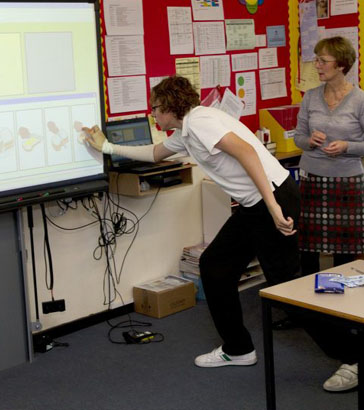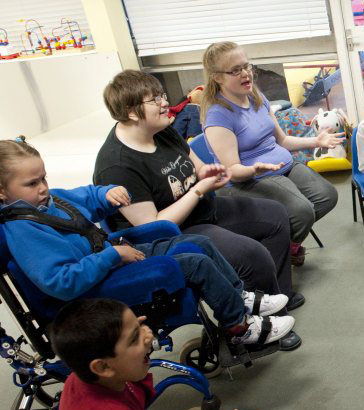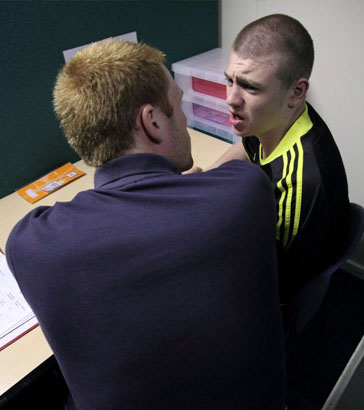
Coughlan (2010) highlights the fact that young people with special education needs are at high risk of developing mental
health problems that frequently go unrecognised.
Those with unrecognised mental health problems cannot receive appropriate assessment, diagnosis or treatment.
There is now an awareness that young people with intellectual disability are subject to the entire range of mental health
difficulties that are present in the general population (and with greater frequency).
These difficulties tend to present in atypical or unusual ways.
Difficulties in detection may include:
- Delayed diagnosis;
- Unclear referral pathways;
- Falling between mainstream and specialist services;
- Falling between child and adult services;
- Lack of availability of support and information for families;
- Difficulty in accessing mental health services for young people;
- Lack of recognition of difficulty;
- Case recognition (This is the most crucial part of the overall assessment process. Cases which are not detected, cannot be referred, and so cannot be assessed).

This is crucial in terms of enabling school-based staff to pick up on difficulties and then refer a child on at the
earliest possible stage.
Coughlan (2010) states that early detection and identification is the most important aspect of the overall assessment process.
Hence the importance of case recognition, which involves picking up on the early signs and symptoms of underlying mental
health problems.
Consequently, teachers and school staff need to feel and be skilled in terms of observing and assessing behaviour in the school context.
- What are we observing?
- How does the student make sense of their behaviour?
- What are others observing or saying about the behaviour (staff, family, friends, etc.)?
- Is the behaviour contextually specific?
- Is the behaviour developmentally appropriate?
- Is this first onset, or have we seen patterns emerging?
There’s often a tendency to make sense of ‘unusual’ or ‘bizarre’ behaviour, purely from a behavioural perspective or framework and to describe these as being:
- Attention-seeking;
- Cheekiness.
There needs to be good communication and close liaison between educators and members of the multi-disciplinary team.
This is vital when trying to make sense of behaviour and developing an intervention plan.

- Building up a picture of a child's behaviour (looking at symptoms, contextual factors, etc.);
- Developing a number of hypotheses to be tested;
- Always referring to the diagnostic criteria (ie do the symptoms match the criteria?);
- Taking a team approach (the entire team should be seen as 'information gatherers').

- What role do you think you might play in terms of contributing to a comprehensive assessment?
- How could your observations be used and structured?
- Could you contribute to data collection and the formulation of hypotheses?

Coughlan, B.J. (2010) Critical Issues in the Emotional Wellbeing of Students with Special Educational Needs. London: Special Schools & Academies Trust.